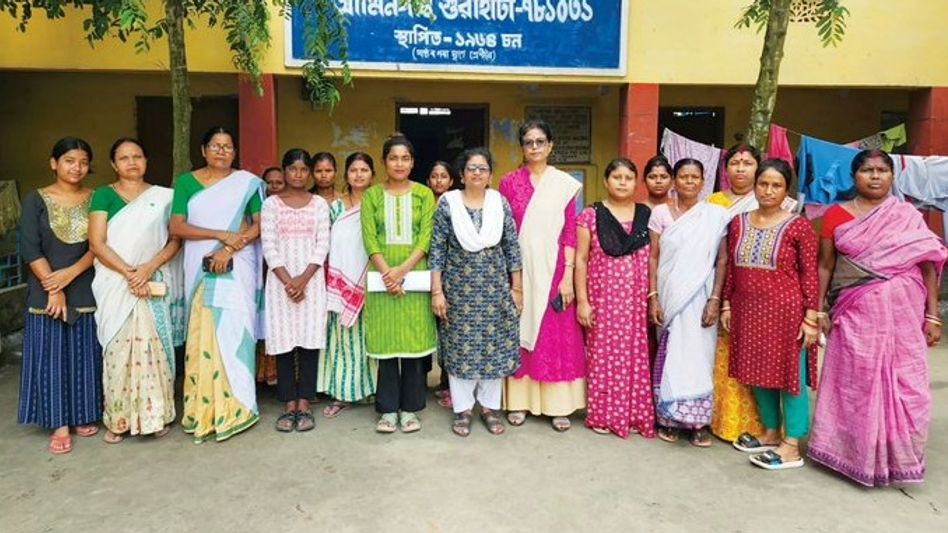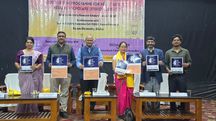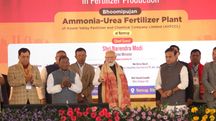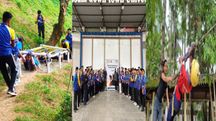Assam Floods: Model relief camps set up in 157 revenue circles across state
Women in Kalibari Amingaon face annual floods, leading to distress and displacement. This year, women-managed relief camps promise better facilities and attention to female-specific needs.
 Women-led relief camps established in Assam to address female-specific challenges
Women-led relief camps established in Assam to address female-specific challengesFor women like Sabita Das, Manasi Kalita, and Rinku Devi, the annual flooding in Kalibari Amingaon has become a distressing routine. The months of May, June, and July bring anxiety as their low-lying, densely populated area gets submerged, forcing them into relief camps for extended periods.
“Every year, floods devastate our crops, livestock, and homes, leaving us no choice but to seek refuge in nearby relief centers,” says Sabita Das, 35, a mother of two young daughters aged 5 and 7, currently staying at Saraighat Higher Secondary School in Amingaon. She adds, “Most shelters lack adequate sanitation facilities, making menstruation particularly challenging for women. Our complaints often go unheard due to the lack of women in authority.”
This year, however, there is a notable change in facilities. Das is relieved to find herself in a relief camp managed entirely by women this time. She is hopeful that her concerns will finally be addressed.
In response to the specific challenges faced by women, the Assam State Disaster Management Authority (ASDMA) has, for the first time, established Model Relief Camps in 157 revenue circles across Assam to ensure the safety and well-being of female inmates.
GD Tripathi, CEO of ASDMA, tells Asom Barta, “Investing Rs 1 in preparedness can save Rs 50 during a disaster. This year, we have engaged with six thematic stakeholders to enhance our flood response efforts.”
Tripathi mentions the creation of Model Relief Camps managed exclusively by all-women committees in each circle, aiming to increase gender participation and improve care and hygiene in the camps.
Sadhari Baishya, an Assistant Teacher at Saraighat Higher Secondary School and a committee member, views this as a learning experience, saying, “As teachers, we have various responsibilities, but managing a relief camp with other women is a new and challenging task.”
Meanwhile, Tilak Chandra Goswami, Principal of Saraighat Higher Secondary School and in charge of the relief camp, expresses gratitude to the State Government for establishing a Model Relief Camp at his school. “Women and children spend most of their time in these camps while men search for work once the floodwaters recede. The formation of an all-women committee will provide better opportunities for women flood victims to voice their concerns.”
Goswami notes that the dedication of women assistants ensures that all amenities reach the camp inmates effectively.
Children are among the most affected by disasters, as prolonged school closures during floods severely impact their education. Child-friendly spaces in these camps have engaged children and ensured they receive essential services such as education, nutritious food, and proper hygiene. “The Government of Assam has mandated the establishment of such spaces, along with breastfeeding corners, in every relief camp,” says Tripathi.
While Model Relief Camps have been set up in all 157 revenue circles, operations are currently active in about 50 circles. Independent monitors from UNICEF will evaluate one-third of these Model Relief Camps and provide feedback to the Government of Assam.
Copyright©2025 Living Media India Limited. For reprint rights: Syndications Today









